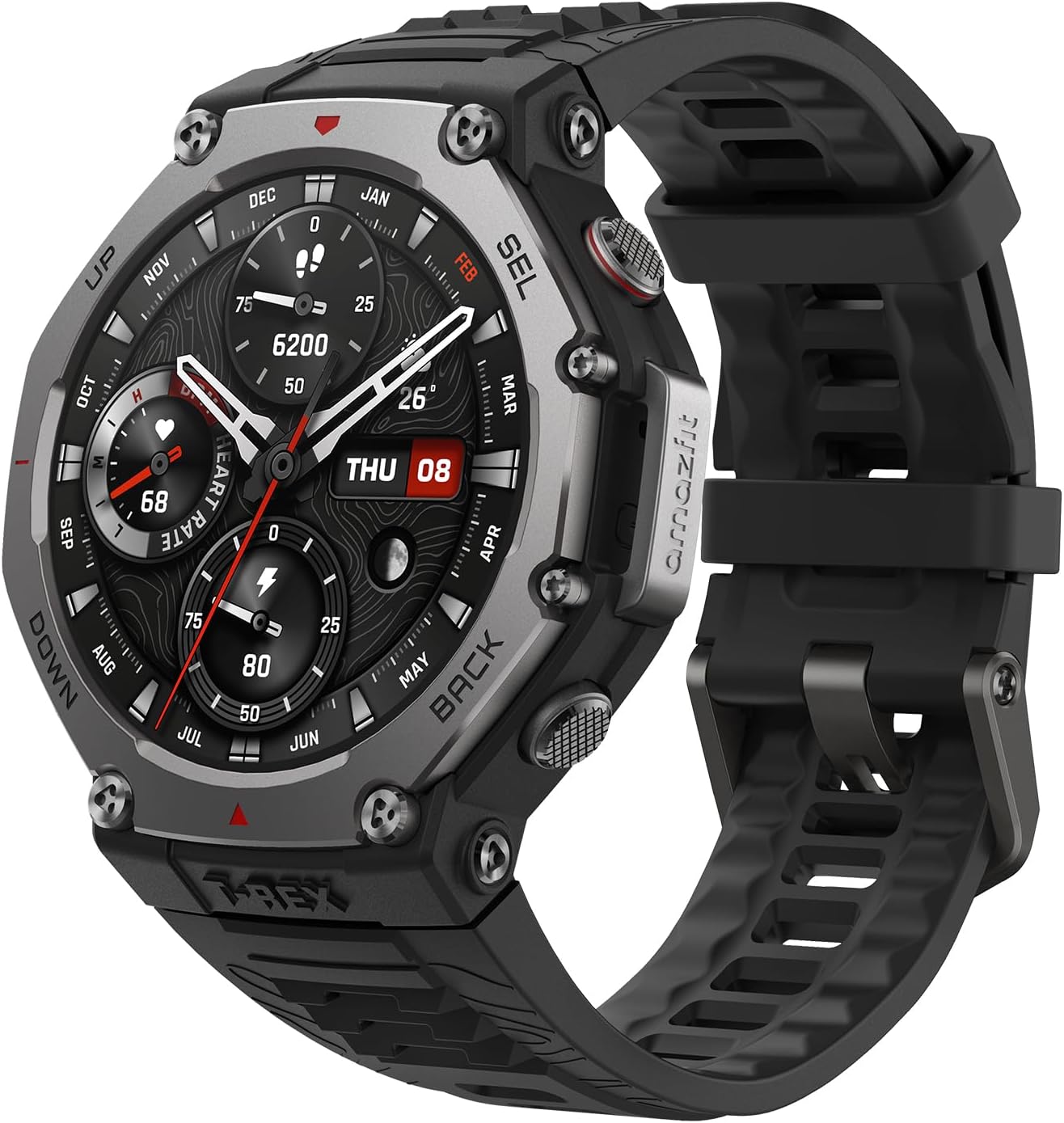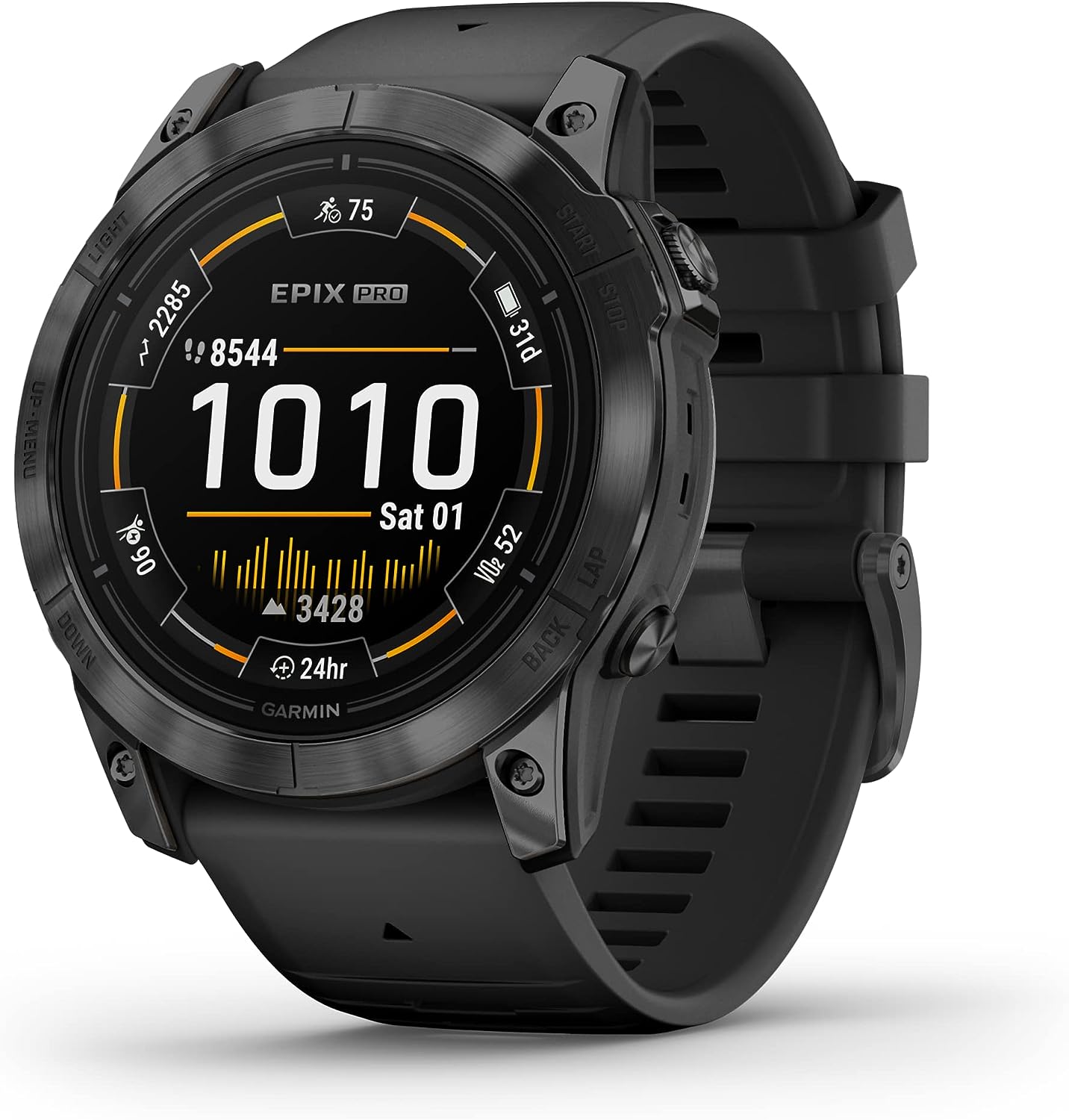There comes a moment when you realize your old watch isn’t cutting it anymore. Maybe it can’t track your hikes properly, maybe the battery’s dying on you during runs, or maybe—let’s be honest—it just doesn’t look cool enough. That’s when things get tricky, especially when you start comparing something like the Amazfit T-Rex 3 with the Garmin Epix Pro Gen 2. We’ve been testing both, and honestly? It’s been one wild ride.
From the first day, we were surprised by how close the T-Rex 3 comes to Garmin’s league. The Amazfit T-Rex 3, for its price, feels like it’s cheating—so many features crammed into something that looks like it could survive a demolition site. Then again, the Garmin Epix Pro Gen 2 brings a level of polish and precision that makes you go, “Ah, so that’s what premium feels like.” Two watches built to take punishment, sure—but also two philosophies clashing head-to-head.
Let’s break it all down. No mercy.
Built to brawl, but with different attitudes
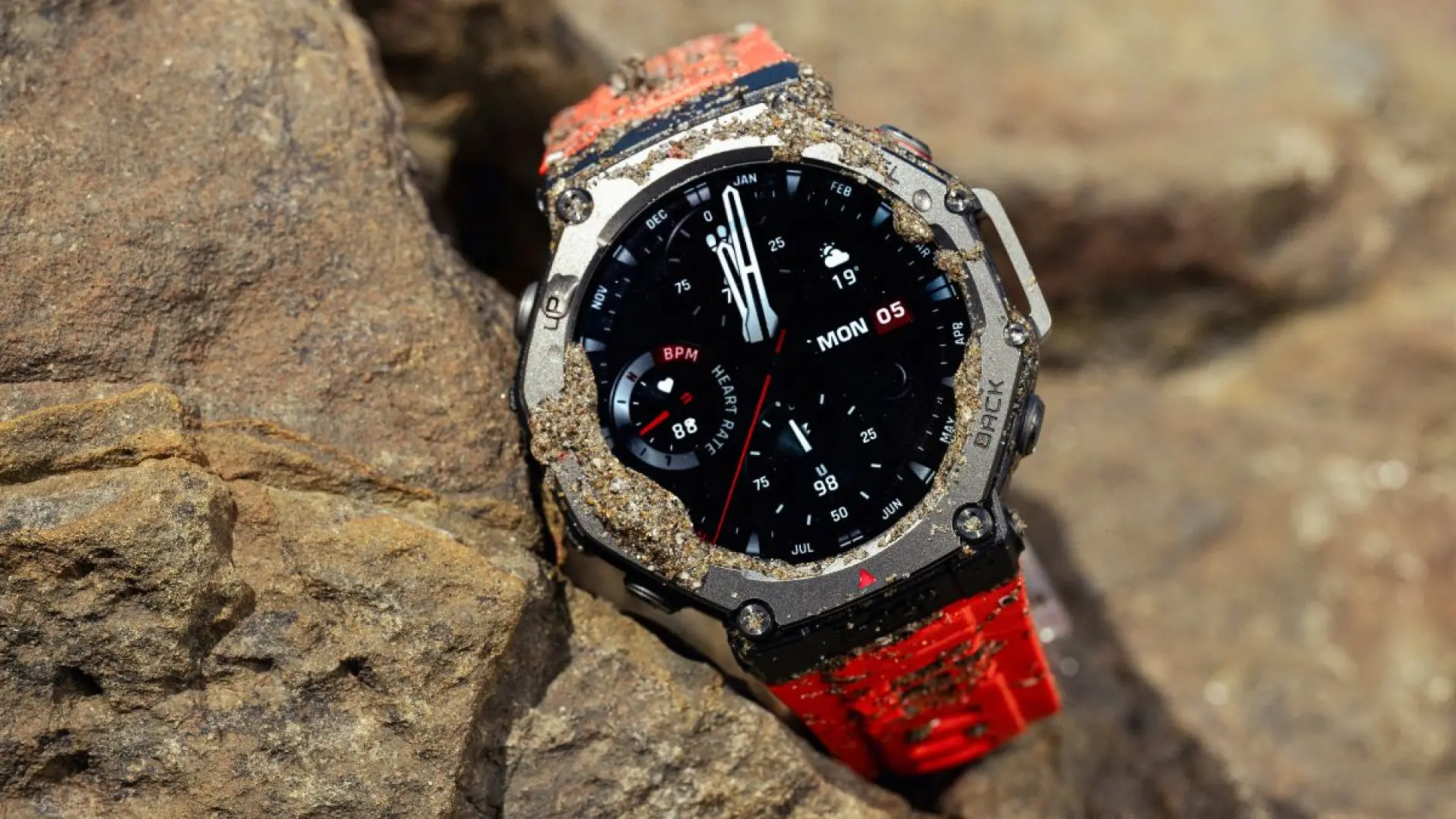
You don’t wear either of these watches because they’re dainty. They’re both built to take hits, sweat, water, mud—you name it. The T-Rex 3 screams “don’t mess with me,” with its chunky, aggressive lines and unapologetically tough casing. It wears like gear, not jewelry.
The Garmin, though? That’s a different flavor. It feels more like a tactical instrument than a wearable. Titanium bezels, sapphire glass, a streamlined yet hefty build—it’s clear this one’s ready for anything but wants to do it in style.
Both are water-resistant, both pass military-grade testing, and both can handle extreme temperatures and drops. But while the Amazfit leans into the wild with brute strength, the Garmin has this surgical elegance about it. One’s a tank. The other’s a stealth jet.
Controls that think ahead
Navigation’s one of those things you don’t think much about—until it annoys you. Garmin doesn’t take chances. Five physical buttons let you operate everything, even with gloves or wet hands. It’s old-school, but it works. And the touchscreen? More like a bonus.
The Amazfit T-Rex 3 goes hybrid: touchscreen plus buttons. And it’s quick—surprisingly quick. Menus snap open, maps load fast, widgets glide like butter. There’s barely any lag. Even the animations feel polished.
We did notice that Garmin’s interface can lag slightly during more complex actions, like loading dense maps or jumping between apps. It’s not slow—it’s just not as zippy. But it’s consistent, and that matters too.
Health sensors all over the place
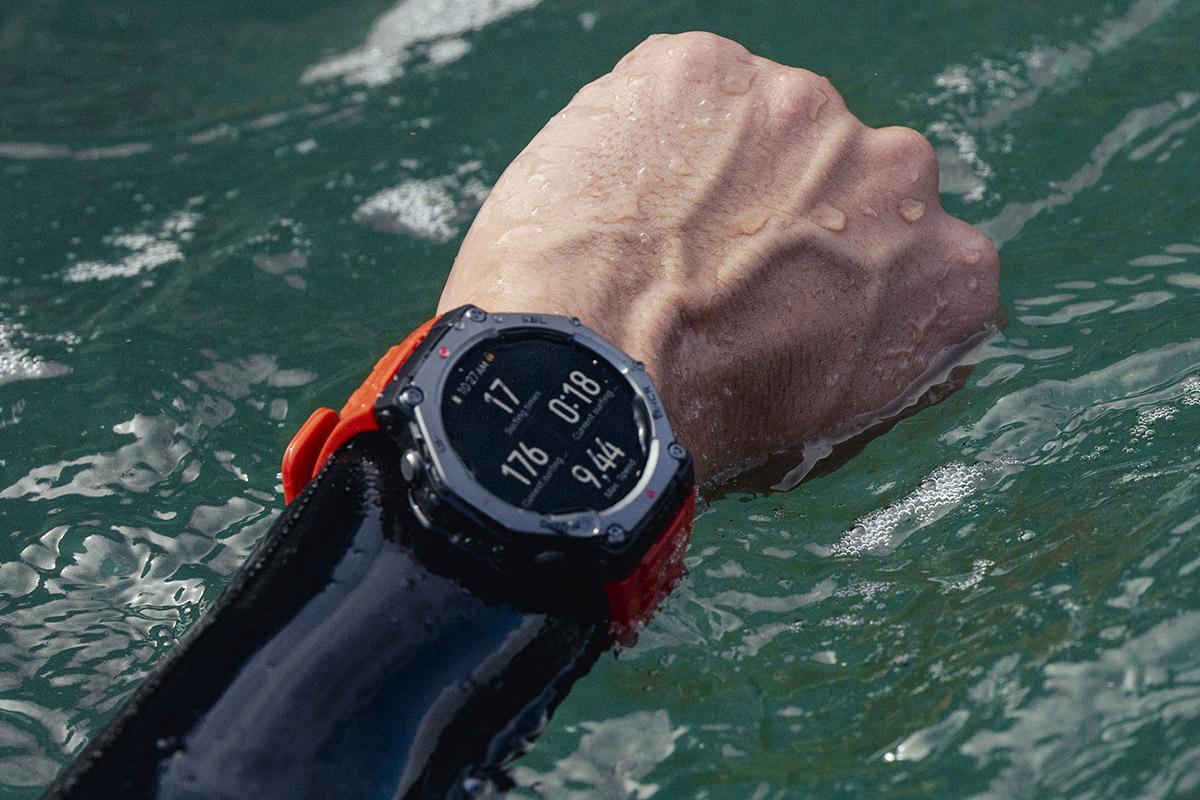
These watches monitor your body like a hawk. Heart rate sensors? Check. SpO2? Yes. Sleep tracking, stress levels, respiratory rate, skin temperature, step counts, you name it—both track it all. Even those trendy “readiness” scores are included, with Amazfit’s version echoing Garmin’s “Body Battery” idea.
The thing is, Garmin digs deeper. You get VO2 Max, lactate threshold estimates, training load, recovery time, and more. Stuff that endurance athletes live by. The T-Rex 3 gives you a solid health snapshot, but Garmin builds you a whole training roadmap.
Still, unless you’re chasing performance metrics with scientific precision, the Amazfit delivers plenty of value for everyday fitness.
Sports modes for days… and days
Here’s where it starts getting ridiculous. We counted over 150 sports modes on each watch. Both let you track everything from walking to windsurfing to Zumba.
Customization is top-tier on both devices. You can tweak data fields, set up your own workout screens, and get notifications tailored to each activity.
There is a minor quirk, though. On the Garmin, you can discard a workout immediately after finishing. The T-Rex 3 doesn’t let you do that—you have to go into history to delete it. Not a dealbreaker, but if you’re picky about data, it adds a couple of extra taps you don’t want to deal with.
Satellite tracking with a plot twist
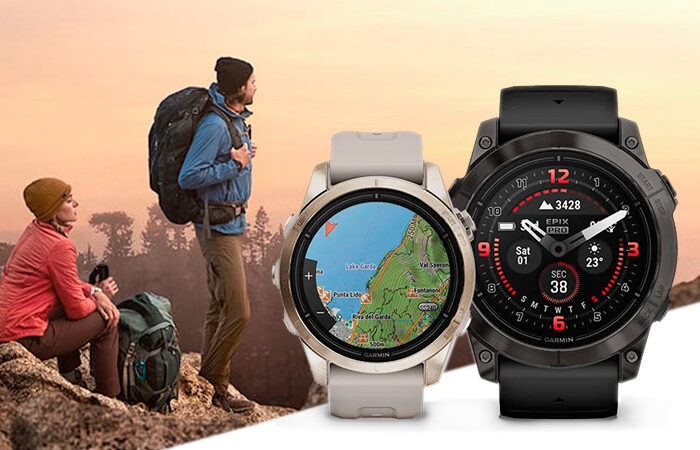
Okay, this one shocked us. Both watches lock onto GPS within seconds. Even indoors, we didn’t have to wait more than a few heartbeats. We tracked runs, hikes, and even bike rides through tight city blocks—distances lined up to within 0.01 miles.
But then came the elevation data. And things got weird.
The Garmin reported a 167-meter ascent on one trail. The Amazfit T-Rex 3? Over 300 meters. That’s not a small difference. And honestly, we’re still not sure which one’s right. The T-Rex 3 might be overestimating, or the Garmin could be playing it conservative.
Heart rate, though? Both nailed it. Average and max values were almost identical every time.
Navigation that knows where it’s going
Let’s talk maps. Garmin doesn’t play around here. Full topographic maps come preloaded on the Epix Pro Gen 2. Zoom in, and you get trail names, contour lines, rivers, waypoints. It’s like having a tiny, indestructible Google Maps on your wrist.
The Amazfit? It tries. You can download maps through the app and load them onto the watch. And yes, they look decent. But often, the names are missing, and trails show up as blank terrain with a route line. It’s better than nothing—but if you’re venturing into unknown territory, Garmin’s detail is just on another level.
Raw speed vs stable consistency
We didn’t expect the T-Rex 3 to feel so snappy. But it does. Scrolling, swiping, opening menus—it’s lightning fast. You can tell the software is lightweight, optimized, and built for speed.
Garmin feels more methodical. It’s never slow exactly, but you’ll notice a fraction of a delay when rendering complex screens or switching modes. That said, it’s more stable. Fewer bugs, fewer crashes, fewer oddities.
If you want a watch that flies through your day, the Amazfit wins this round. But if you want a watch that just… works? Garmin’s maturity is hard to beat.
The “smart” side of things
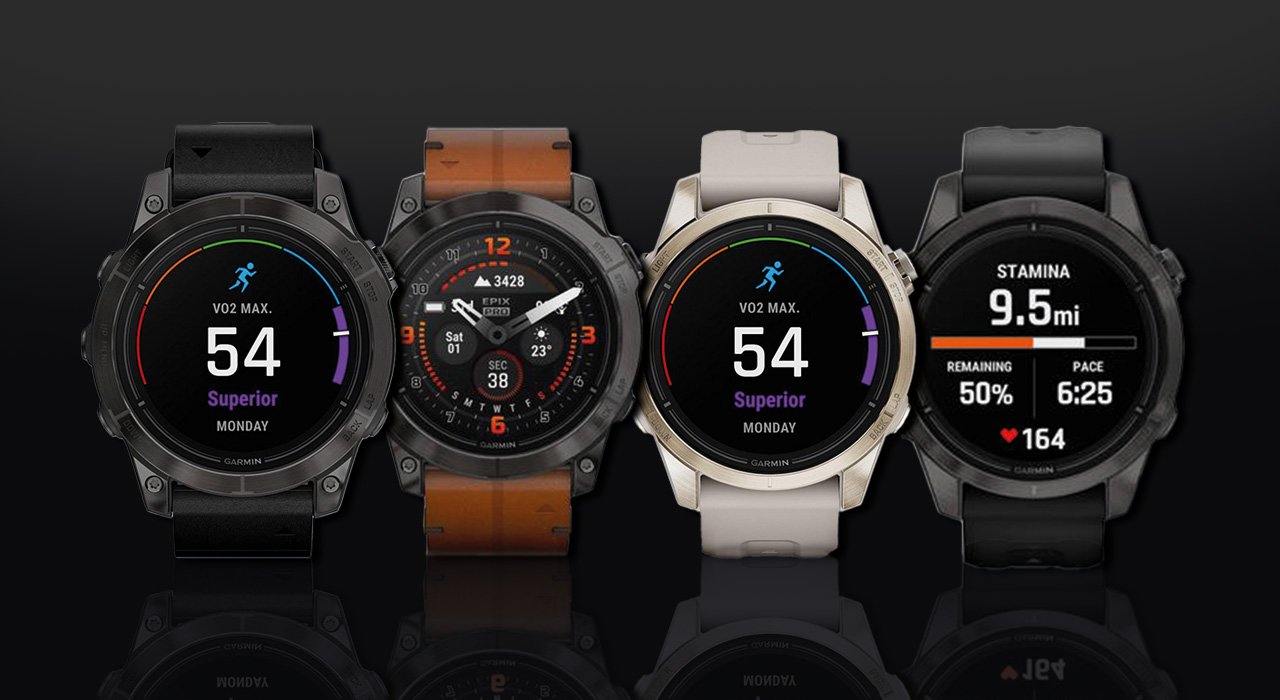
We don’t expect Apple Watch levels of smart features here—but hey, there’s more than you’d think. Both watches handle notifications, calendar reminders, music controls, weather, alarms, and a compass.
Garmin has one cool trick: an actual LED flashlight. Not the screen lighting up—a proper, bright white light. Amazfit mimics this with a white screen, which kind of works—but not quite.
The Amazfit adds little lifestyle features, like a breathing coach, calendar view, and a basic voice assistant (when paired with your phone). Garmin’s app ecosystem is a bit deeper, but both cover the essentials well enough.
And now… the tough part
Okay, deep breath. After weeks of testing both, we have to admit: the Garmin Epix Pro Gen 2 is the better watch overall. It’s cleaner, sharper, more accurate in critical situations, and built for people who take their training seriously.
But… the Amazfit T-Rex 3 shocked us. For its price, it feels like someone snuck a $700 watch into a $200 package. It’s fast, it’s durable, it’s full of features that work—and most of them work well.
Still, we kept coming back to Garmin when things got serious. Detailed navigation, structured workouts, training load analysis, barometric accuracy—it’s all just more refined on the Epix Pro. That LED flashlight alone came in clutch during a campsite mishap, and we weren’t expecting that.
But we’ll be honest: if you’re not training for marathons or climbing peaks every weekend, the T-Rex 3 is more than enough. Maybe even perfect for you.
So yeah. Garmin wins. But Amazfit? It came way closer than anyone expected.

